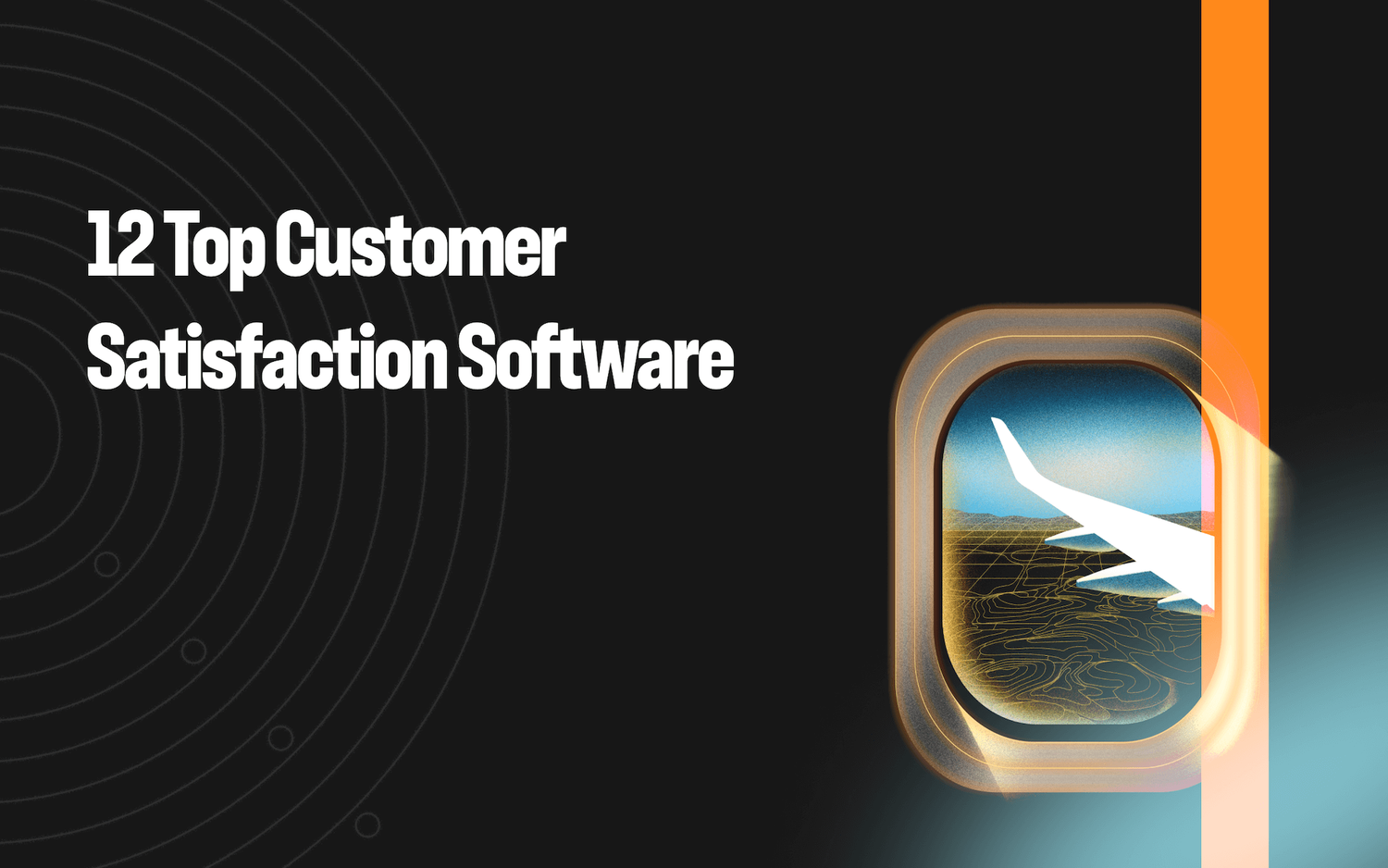Human AI Collaboration: Joining Forces with Artificial Intelligence


It feels like every day, news documenting the latest and greatest AI achievements abounds. Whether it’s self-driving cars, dancing robots, AI Go masters, or even emotional robots, AI is creeping into public mindshare.
Understandably, conversations tend to focus on the future of AI, while neglecting to address how human AI collaboration is taking place in the present.
While futurologists welcome the benefits, most authors fear dystopia resulting from AI technologies. Unfortunately, the discussion tends to focus on the “end states” of AI.
What do I mean by “end states”? Simply put, the end states of AI are the desired outcomes of artificially intelligent projects that we’ve heard about for years.
For example, think about the promises of fully autonomous vehicles or self-sufficient robo-restaurants.
Additionally, there has been fantastical speculation around what’s known as “technological singularity” – a hypothetical scenario where AI is self-improving, fostering mind-boggling, unpredictable outcomes.
The entire ethos of discourse centers around AI’s wholesale replacement of humans. Thankfully, this hasn’t happened, and it won’t for quite some time.
The point is, AI conversations are disconnected from current reality. And the truth is that AI is not ready to replace us.
At least not yet.
So, what is AI ready for and what do we need to be aware of as business leaders and professionals?
In this article, I’ll cover the following topics surrounding human AI collaborative intelligence:
- Open vs closed AI systems
- The nature of human-machine interaction
- Why human AI collaboration produces the best results
- Is AI really coming to steal your job?
- Replacing outdated systems with collaborative intelligence
- How human AI collaboration is revolutionizing customer support
Open vs Closed Artificially Intelligent Systems
Advances in AI are currently most evident with self-driving cars. Tesla’s Autopilot (a misnomer, as it should be called “copilot”) has been cited as the cause of accidents multiple times.
The repeated story is as follows: driver relinquishes all control to autopilot (explicitly stated as unviable), and an avoidable crash ensues.
At this point, my readers may say, “Well that’s just cars!” And that’s fair. AI may not be ready for driverless vehicles, but perhaps elsewhere, AI completely dominates and renders humans obsolete.
However, this argument hinges on the difficulty of certain AI tasks. While several measures of difficulty exist, a common facet is whether the system is “closed” (easy), “open” (hard), or anything in between.
Open Systems
Driving is an “open” system, meaning there are variables outside of a computer’s control, no matter how intelligent.
The AI in driverless vehicles attempts to collect data about its surroundings (often inaccurately), simulate them, and act accordingly in the real world.
Image Source: Built In
Closed Systems
On the other hand, “closed” systems are used in situations where there is no external data or external action, and thus, tasks are much easier.
A simple example of this, unrelated to AI, is a dishwasher. A dishwasher does not work in your sink. Instead, it works in a (literally) closed system, so that it has control of its environment.
As of 2022, humans are clearly more fit for open systems, while computers and machine learning technologies are already making their mark in closed systems.
Just imagine a dishwasher in your sink. 🙃
So, AI can crush humans in closed systems, right?
The classic examples have been digital board games, such as chess or Go. And more recently, real-time video games have made a splash in the headlines as well.
These games are all considered closed systems due to the following reasons:
- Humans have full control over the information given to the AI.
- There are no inaccuracies.
- The AI knows the entire space of possible moves.
Think about it, a duck isn’t going to walk across your digital chess board unless a human has programmed one to do so.
It’s hard to argue: when it comes to closed systems, humans need not apply. Computers simply dominate.
But is this actually the case?
The Nature of Human-Machine Interaction
Depending on the industry, many experts would argue that the current state of AI requires humans and artificial intelligence to work together to produce the best results.
Sure, car manufacturers are now using robots that are far more efficient than humans and have eliminated a number of jobs.
However, what about everyday decision-making and analysis?
AI can absolutely boost our analytic and decision-making abilities, as well as heighten our creativity.
And this brings us to our main topic of discussion: how companies are winning with a combination of humans and artificial intelligence to augment performance.
Why Human AI Collaboration Produces the Best Results
To dive into why a combination of humans and AI working together is the right solution for most common business functions, such as customer support, let’s revisit the game of chess.
Chess was one of the first arenas in which computers rose to supremacy over humans, and the AIs still continue to improve.
Yet even in chess, champion Garry Kasparov, defeated by IBM’s Deep Blue AI in 1997, has advocated for human AI partnerships.
While he wasn’t the inventor of the idea, Kasparov did push forward Advanced Chess, where humans and AI can compete as a team.
The results? Time and time again, human AI teams outperformed AI alone, suggesting human AI collaborative intelligence offers tangible benefits.
Still, the outcome seems counterintuitive when you consider that even 25-year-old software can beat the best humans in the present day.
However, as Kasparov puts it, there are weaknesses in any AI system.
Simply nudging the AI can have a huge impact, similar to how shifting the barrel of a high-powered sniper rifle by a millimeter dramatically changes the bullet’s trajectory.
Five Key Benefits to Human AI Collaboration
Companies benefit from optimizing collaboration between humans and artificial intelligence.
And there are five key principles that can help them do so:
- Reimagine business processes
- Embrace experimentation/employee involvement
- Actively direct AI strategy
- Responsibly collect data
- Redesign work to incorporate AI and cultivate related employee skills.
A survey of 1,075 companies in 12 industries found that the more of these principles companies adopted, the better their AI initiatives performed in terms of speed, cost savings, revenues, or other operational measures.
Image Source: HBR.org
Is AI Really Coming to Steal Your Job?
So, it would seem that human intuition is still very different from the clever calculus of an AI.
At a second glance, however, this should be obvious. In the entire history of automation and technology, never have humans been removed from the equation.
Owning a car doesn’t mean you no longer have to move. Instead, it means you’re now able to move faster.
Furthermore, spreadsheet software, like Excel, didn’t remove the need for accountants. Instead, spreadsheets made accountants thousands of times more efficient.
The point is that simply because something is “intelligent” doesn’t mean it’s replacing intelligence.
AI is still just a tool used to augment human performance.
However, I want to be clear: robots are going to take your job. In fact, it’s predicted that over 200 Million jobs will be lost to AI by the year 2030.
So yes, many jobs will be stolen by AI, but not how people might envision it.
Replacing Outdated Systems with Collaborative Intelligence
In the same way that cars quickly made horses (the original autonomous vehicles) obsolete, and spreadsheet software reduced the need for manual calculations, AI will simply reduce the number of people (or horses, I guess?) needed for a given task.
As one technology user can do the job of thousands, there will be fewer humans employed, but the core technology still relies on (a very small number of) humans.
We can see AI collaboration in the headlines as well, such as robot-assisted surgery and AI-assisted medical diagnoses.
Moreover, we can see it in our daily lives. Self-checkout is great, but many still prefer cashiers.
How Human AI Collaboration is Revolutionizing Customer Support
Finally, something I think we can all agree on, is the absolute worst example of a product when it’s lacking human-AI collaboration, are chatbots.
Does anybody really think that chatbots have replaced customer support agents or have ever been preferable over speaking to a human for even a slightly complicated issue?
The resounding answer is, “No.” In fact, 86% of consumers prefer humans to chatbots, according to Forbes.
Given that customer service is an “open system” (and an incredibly open one at that), AI just isn’t ready for this on its own.
Between the nuance of language and the depth of potential knowledge required, not to mention the AI nightmare of combining the two, chatbots still cannot stand up to human agents.
In the same way, accounting software cannot run an entire department, AI cannot run a contact center.
Agent assist tools and automated QA (quality assurance) processes, which have AI at their core, can be the high-power rifle for today’s contact center agents.
Like all of the tools and headlines aforementioned, the cutting edge of AI and NLU (natural language understanding) need to be utilized to realize efficiency and output gains.
Simply put, humans don’t have to be alone. And nor should they be if you want to run a best-in-class modern contact center.
Between memorizing entire books worth of support and compliance information and maintaining professional, branded poise, being a contact center agent is stressful, even at the best of times.
But with AI-driven help, rote memorization becomes a thing of the past, and we can focus on what we’re good at, which is being human.
Perhaps this is a lesson in how we should be building AI. That is, AI can and should be utilized to create powerful tools to complement humans, not as human replacements.
Maybe then, we can work towards the human-centered life of futurologists’ dreams, not the dystopian, algorithm-ruled world that authors make us fear.
Keep reading
View all





